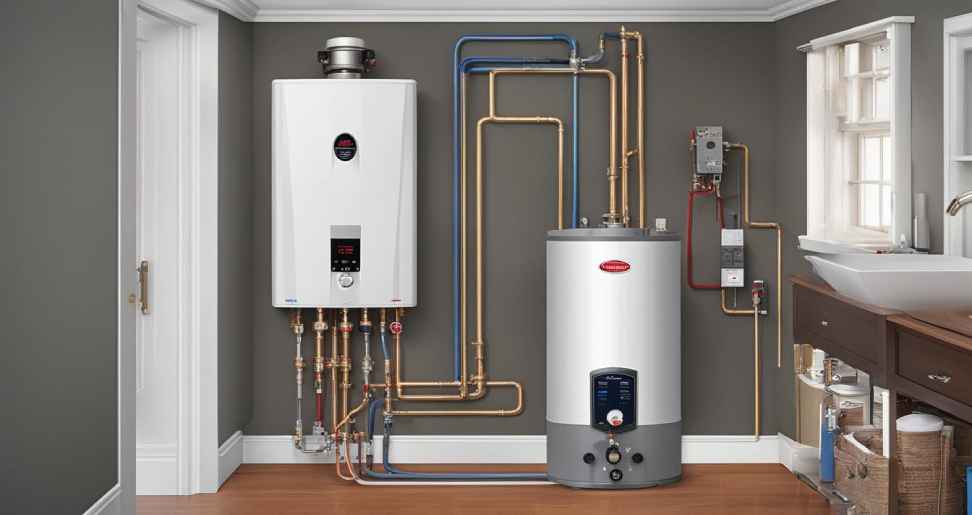In the realm of home comfort, few things are as essential as a reliable water heating system. Whether you’re enjoying a soothing shower or washing dishes after a meal, your water heater plays a crucial role in everyday convenience. To ensure your system operates efficiently and reliably, implementing proper plumbing maintenance is key. Here, we delve into essential tips to optimize your water heating system and enhance your overall home comfort.
Understanding Your Water Heating System
Before delving into maintenance tips, it’s beneficial to understand the basics of your water heating system. Most homes utilize either a traditional tank water heater or a tankless (on-demand) water heater. Each type has distinct maintenance needs, but both require regular attention to operate efficiently and prolong their lifespan.
1. Regular Inspections and Maintenance
Regular inspections are fundamental to the longevity and efficiency of your water heating system. Begin by checking for leaks, rust, or corrosion around the tank or connections. Addressing minor leaks promptly can prevent larger issues and potential water damage in your home.
2. Flushing the Tank
For traditional tank water heaters, sediment buildup is a common issue that can reduce efficiency and lead to overheating. Over time, minerals and sediment settle at the bottom of the tank, causing inefficiencies in heating. Flushing the tank annually helps remove this buildup, improving heat transfer and energy efficiency.
3. Adjusting Temperature Settings
Setting your water heater’s temperature too high not only wastes energy but can also pose safety risks, especially for households with children. The recommended temperature setting is typically around 120 degrees Fahrenheit (49 degrees Celsius). Check your heater’s manual for specific guidance on adjusting the temperature safely.
4. Insulating Your Pipes
Insulating hot water pipes helps maintain water temperature as it travels from the heater to your faucets or showerheads. This insulation reduces heat loss and can lower your energy bills by allowing hot water to reach its destination more quickly without losing heat along the way.
5. Checking Pressure Relief Valves
Pressure relief valves are crucial safety components designed to release excess pressure buildup within the water heater. Test the valve annually by lifting the lever to ensure it operates smoothly and releases water. If you notice any issues or irregularities, contact a professional plumber for inspection and repairs.
6. Considering a Water Softener
If your area has hard water (high mineral content), installing a water softener can significantly benefit your water heating system. Hard water can cause mineral buildup inside the tank and pipes, reducing efficiency and potentially shortening the lifespan of your heater. A water softener helps mitigate these issues by reducing mineral content.
7. Regular Professional Maintenance
While some maintenance tasks can be performed by homeowners, professional maintenance by a licensed plumber is essential to keep your water heating system in optimal condition. Professional inspections typically include thorough checks of components, efficiency tests, and adjustments as needed.
Conclusion
Your water heating system is integral to daily comfort in your home, making proactive maintenance essential for longevity and efficiency. By implementing these plumbing tips and scheduling regular maintenance, you can ensure your water heater operates reliably, efficiently, and safely for years to come. Remember, when in doubt or facing complex issues, always consult with a qualified plumbing professional to safeguard your investment and maintain optimal home comfort.
Read more:
- Meta Drops Their “Facebook News” Tab Section From The Facebook App
- In The Upcoming Week, Meta Is About To Launch A Web Version Of The Threads App
- United Nations latest Study Says: AI Will Not Take Your Job. It is Just A Tool For Work


